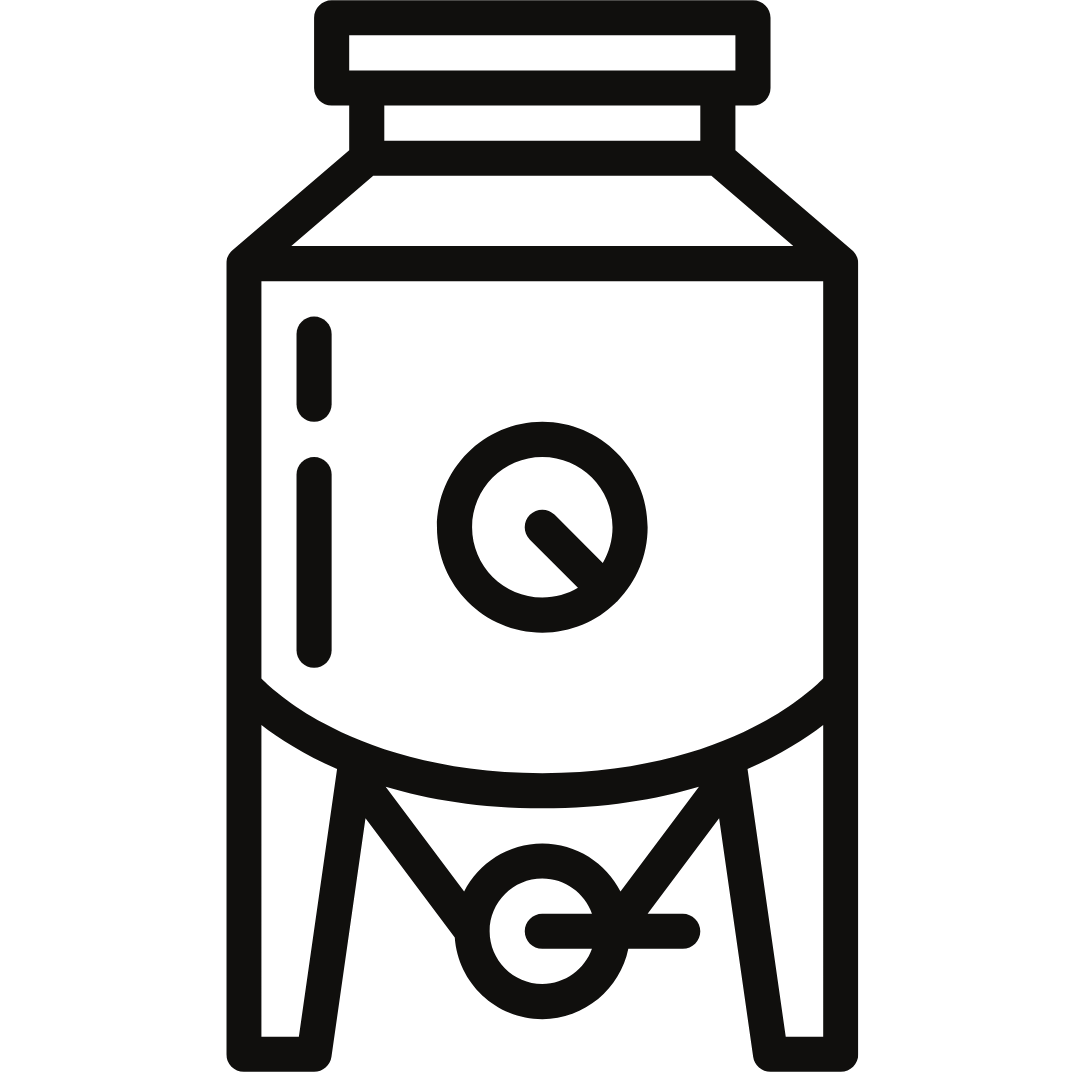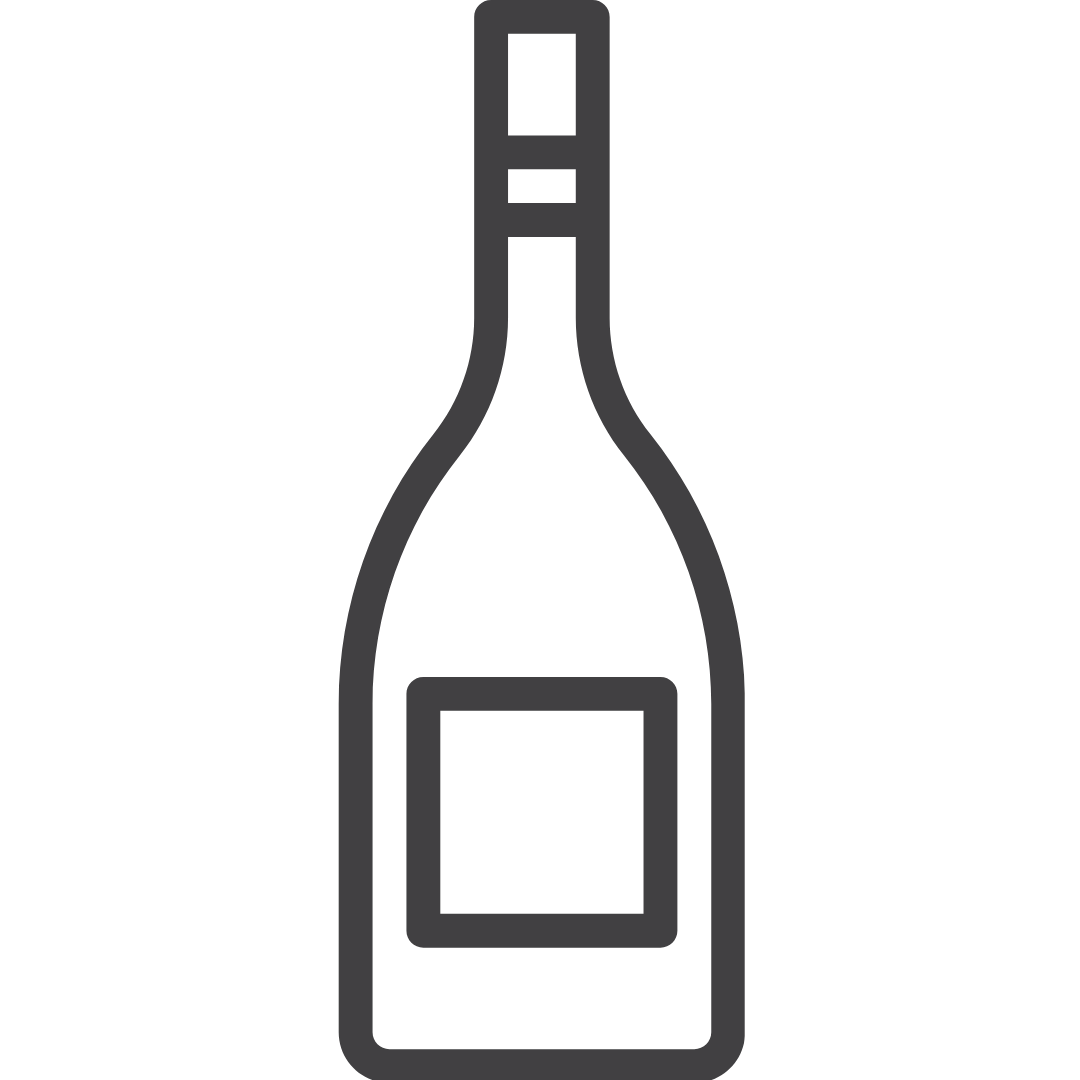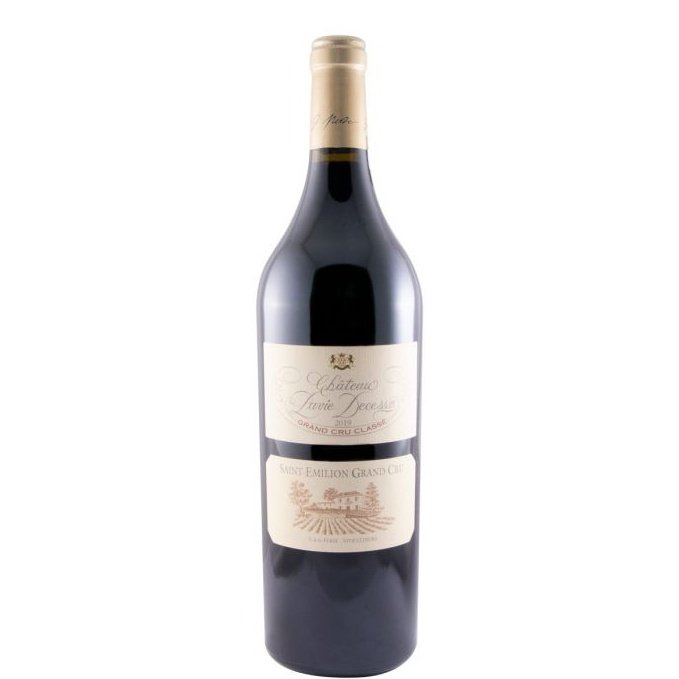Château Pavie-Decesse Saint-Émilion Red 2019
Château Pavie-Decesse Saint-Émilion Red 2019
Couldn't load pickup availability
 Vignobles Perse
Vignobles Perse
 France
France
 Bordeaux
Bordeaux
 2019
2019
 Merlot and Cabernet Franc
Merlot and Cabernet Franc
 Soil: largely clay-limestone with an asteriated limestone subsoil. Average age of the vines: 43 years.
Soil: largely clay-limestone with an asteriated limestone subsoil. Average age of the vines: 43 years.
 Pavie-Decesse is fermented in 3 wooden temperature-controlled vats to keep different lots of wine separate in order to fine tune the final blend. The wine stays on the skins for 3 weeks. Malolactic fermentation in barrel.
Pavie-Decesse is fermented in 3 wooden temperature-controlled vats to keep different lots of wine separate in order to fine tune the final blend. The wine stays on the skins for 3 weeks. Malolactic fermentation in barrel.
 Pavie-Decesse is fermented in new oak barrels for 18 to 24 months with racking every 3 months. Final blending takes place just before bottling, without fining or filtering.
Pavie-Decesse is fermented in new oak barrels for 18 to 24 months with racking every 3 months. Final blending takes place just before bottling, without fining or filtering.
 75cl
75cl
 14,50%
14,50%
 16ºC - 18ºC
16ºC - 18ºC
Share

The story
At the end of the first world war, Ferdinand Bouffard was forced to sell the vineyard to a M.Marzelle. Under his ownership Pavie-Decesse earned the title of Granc Cru Classé in the 1954 Saint-Emilion classification. In 1970, Marzelle died and the Valette family, who already owned Château Pavie, took over the direction of this neighboring property before finally buying it outright in 1990. And, in 1997, Gérard Perse acquired Château Pavie-Decesse.
Each terroir nevertheless has a well-defined character, and wines from each one are kept entirerly separate.
Pavie-Decesse, whose 3.5 hectares were detached from Pavie in 1885, is unusual in that it is entirely located on the Saint-Emilion limestone plateau.
Merlot grows very well on this soil, which also contains clay. The vineyard is well-ventilated and mainly planted with Merlot (90%). The rest consists of Cabernet Franc.´
On these soil, where clay is also present, Merlot expresses itself fully. The "starfish limestone” contributes a pronounced freshness with floral and mineral aspects, while the clay gives good structure.
All these different factors produce rich, full-bodied wine. Pavie-Decesse is also quite complex with good tannic structure and excellent ageing potential, typical of the finest wines from the Saint-Emilion plateau.
Grapes varieties
Merlot (90%)
Merlot is the king of Saint-émilion. It develops very well on the fresh, argilo-calcareous grounds; that is the reason why you will fin a lot of Merlot in Saint-Emilion and Pomerol appellations.
Merlot is characterized by a complex nose of red berries, black fruits, spices and undergrowth. In mouth, it brings elegance and finesse to the wine. Very often blend with Cabernet Sauvignon, it gives birth to very attractive ageing wines.
Cabernet Franc (10%)
The parcels of Cabernet Franc are mostly on light clay-limestone and sandy-clay soils. A thick layer of sand covers the molasse to provide excellent natural drainage.
As with Merlot, Cabernet Franc is well adapted to clay-limestone and produces good results on sandy soil; in these conditions Cabernet ripens earlier. When brought to good maturity this grape produces rich, powerful wines of great finesse and a long finish on the palate.
The cellar
The buildings were entirely renovated and the ground floor of the residence was altered to house wooden vinification vats which are an exact copy of those used at Château Pavie.
In addition, the barrel cellar was restored to its original layout as designed by Ferdinand Bouffard.












